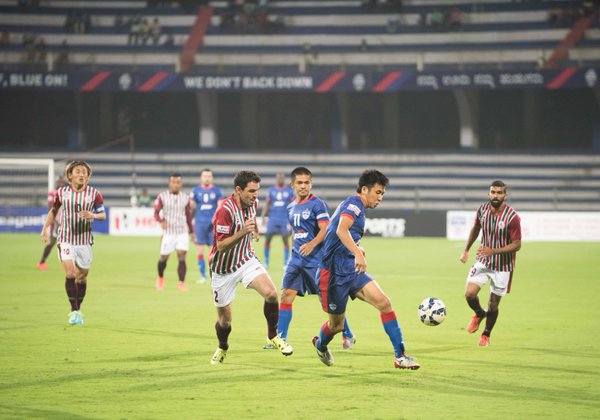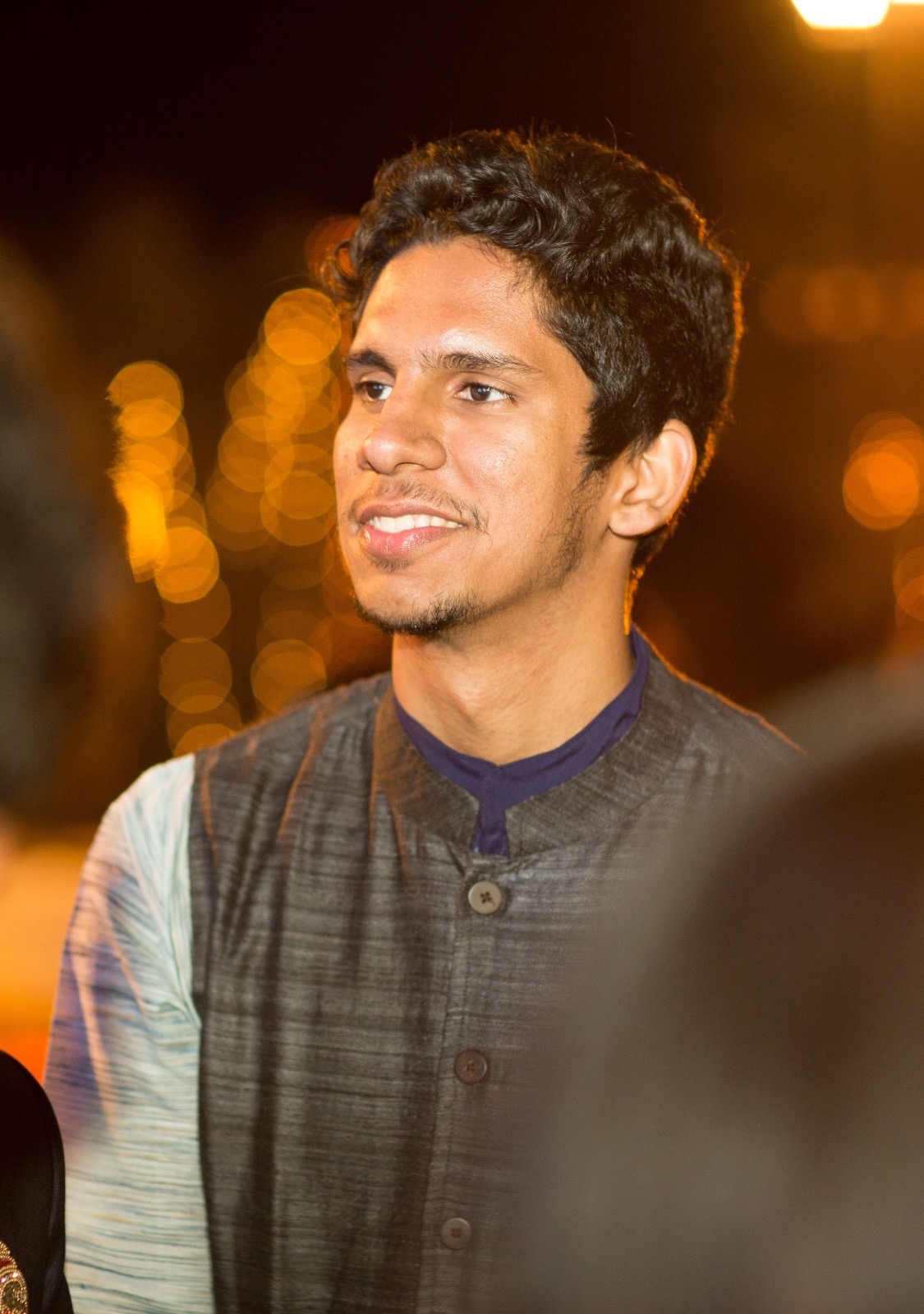Does the AIFF's 3-tier plan actually signal a turn for the better in Indian football?
Indian football is undergoing a major transformation. One can’t recall a successful change in the recent past, but rather frustratingly for Indian football, there always seems to be light at the end of the tunnel even though it has been stranded in the tunnel for quite a while now.

It is like the dangled carrot which always stays out of reach.
In June 2015, India – a country with a population of 1.25 billion – lost to Guam, which is Asia’s smallest footballing nation, in a World Cup Qualifier. That particular result showed the magnitude of the misery that Indian football currently finds itself in.
As per the new blueprint, a ‘pyramid’ has been set in place. Indian Football will have a hierarchical structure containing the ISL at the top of the pile, followed by the League 1(I-League), League 2 (I-League's second division) and League 3.
Teams in League 1, League 2 and League 3 will fight it out for relegation and promotion. The ISL, however, will be free from all these hassles. They will be the untouchables, beyond the reach of 'ordinary' Indian clubs. You are right, it is unfair.
It is unfair for the bottom clubs of the ISL to continue featuring in India’s top flight despite their incompetency. It is also unfair to the winners of the I-league as there would be a serious lack of motivation if they are to finish atop and still be categorized in the second tier of Indian football. The analogy behind giving an immunity assurance to the ISL clubs is hard to fathom. Why are we giving the ISL an untouchable status? If Indian football has to progress, we need to take it forward together and not by giving a superior or inferior status to any club.
ISL has given a positive push to Indian football and is riding on financial clout and media rights. One can’t deny the fact that it has created a buzz amongst the people about football in a cricket-crazy nation. However, that is just a baby step in the right direction. The results won’t be immediate, and it is childish to expect instant world cup qualification.
It might seem unjust to many that a two-year old league is being claimed as India’s top league over the I-League. For instance, Chuni Goswami, the former Indian national team captain, has lashed out at this decision of the AIFF. He was quoted as saying "And what about our East Bengal, Mohun Bagan and Mohammedan Sporting? If they have to play in that league, they will have to pay two-three fold more, otherwise they will be relegated to the League One, which is basically the second division league of the country. I don't think I have seen something more shameful in all these years. It's like you need to renovate Brazil football, so you send Sao Paolo and Santos to the second division. And with a few new franchise teams, you start the search for new Peles and Neymars."
One can’t possibly argue about the validity of his argument. The lighthouse clubs of Indian football are bound to feel that they've been subjected to injustice if they find themselves plying their trade in India’s second division.
According to All India Football Federation president Praful Patel, this is aimed at reducing the "friction" between the ISL and the existing I-League, which will be rechristened League 1. But how this will reduce the friction is anyone's guess. In fact, it will only add fuel to the fire. The AIFF's objective to create a "sustainable ecosystem" for clubs seems like a reverie that might not come to fruition.
Patel said there could be 10 to 12 teams participating in the ISL from next year onwards. Apart from the existing eight teams, two or three clubs from the I-League will be inducted into it via tender process. However, AIFF has to be careful to ensure that the legacy of the traditional Indian clubs is not uprooted by dragging them towards oblivion for the sake of “greater investment”. Football, with all due respect to its business aspects, is a sport first, and that must not be overlooked when any further decision is taken.
As far as the timing of the leagues is concerned, AIFF has hit the bulls-eye and quelled any sort of haphazardness that may have arisen otherwise. With the U-17 World Cup being hosted by India in September-October 2017, all the three leagues will run simultaneously from November to March, and 2018 onwards they will take place from September to March followed by the Super Cup in April and May.
The restructuring decision has received a lot of flak from the connoisseurs of the sport in the nation. However, the induction of a few I-League teams in the top tier might turn out to be the glue that binds it all together.
In a country like India, it is almost impossible to satisfy all parties. Promotion to the top tier and relegation from it is an issue that needs to be addressed for the restructuring to become a complete success.
Another clause that should be introduced to officialize ISL as India’s top ‘domestic league’ would be to allow a maximum of 4 foreign players in the ISL teams as opposed to the current ruling of 6.The aim of the league should be to bring out the best from the sons of the soil to take Indian football out of the coffin. One only has to look as far as the IPL to gauge how beneficial a 7-Indian player policy is to promote the national players and spot the rising stars.
Indian football might be sinking into a bottomless well according to a lot of aficionados, but it would be better if the judgments are drawn after the completion of the first season under the revamped layout.

Comments
Sign up or log in to your account to leave comments and reactions
0 Comments